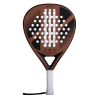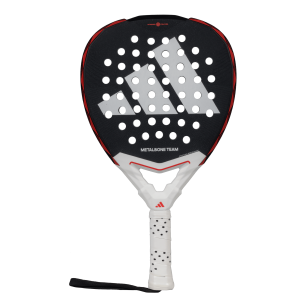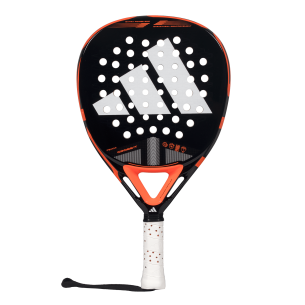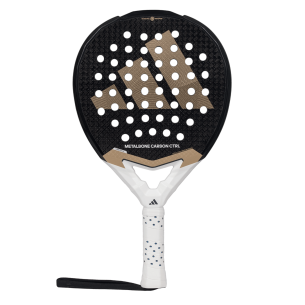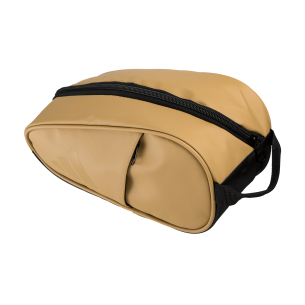
How to hit the ball in padel
The basis of padel is knowing how to hit the ball. Positioning and decision making are also very important, but if we are not able to execute the shots correctly, it will be of little use. In this article, we explain step by step the instructions given by professional padel instructors to train their players.
Padel coaches focus on six aspects in the initial training of new players. Below we develop them for you.
1. Continental grip
The correct way to grip the handle of a padel racket is known as the continental grip. To pick it up, stretch your arm downwards, parallel to your torso and place the padel racket perpendicular to the ground, with one side of the frame facing you. Once in your hand, the side facing the sky should be a continuation of your arm.
2. Standby position
The stainby or waiting position, as its name indicates, is the body gesture that we must adopt when the ball is approaching. Our dominant hand grips the racket with the continental grip, while the other hand is placed in the heart of the racket. Our legs are bent slightly at the knees and our arms are semi-flexed.
If we are at the back of the court, the racket should be at waist height. When we go up to the net, the correct height is chest height. It is important to remember that after each stroke we should move to the appropriate position and recover this waiting position as quickly as possible.
3. Shoulder and trunk rotation
Now it's time to play the shot and we must prepare for it. We will tilt our body making a rotation in which the side from which the ball is coming to us will be behind. Hips and shoulders should be one during this rotation. On forehand strokes we will separate the unskilled hand from the racket, but not on backhand strokes. And the foot of the side in question will be behind, with nuances in its positioning depending on the type of stroke.
It is important to bear in mind that each stroke requires a different position of the racket, a different trajectory and a different gesture. Here you can find more details about each one of them.
4. Displacement and adjustment steps
The ball will never go to the exact position where we are. That is why we have to correct our position and move in what is known as an adjustment shift. In this technical aspect there are many nuances. It is normal to first take a few longer steps to reach the hitting zone. Once we have reached it, we will need to make some smaller steps to correct our position and placement in order to execute the shot with the maximum guarantees.
5. Point of impact
The impact with the ball lasts an instant, so it is essential that it occurs in the most appropriate position and in the most appropriate way possible. There are three points of impact depending on each stroke:
- Pot shots: in this type of shot, the point of impact will be in front of the body and at the height of the waist and the most forward leg.
- Volleys: at chest height and in front of the shoulders.
- Tray: simulating a clockwork, it will be between two and three o'clock in front of the shoulders.
- Backswing: just above the head.
6. Accompaniment and termination
The stroke does not end once the ball is hit. In order for the ball to follow the trajectory we want it to follow, it is essential to finish our technical gesture. Therefore, we must make the effort to maintain the inertia of the movement until the end of its trajectory. As we have already mentioned, each stroke has its own gesture and, therefore, the final position is different. The important thing to remember is that the gesture does not end at impact.
These are the points that padel coaches focus on. Look at them in your matches and you will see how you improve in each point.


